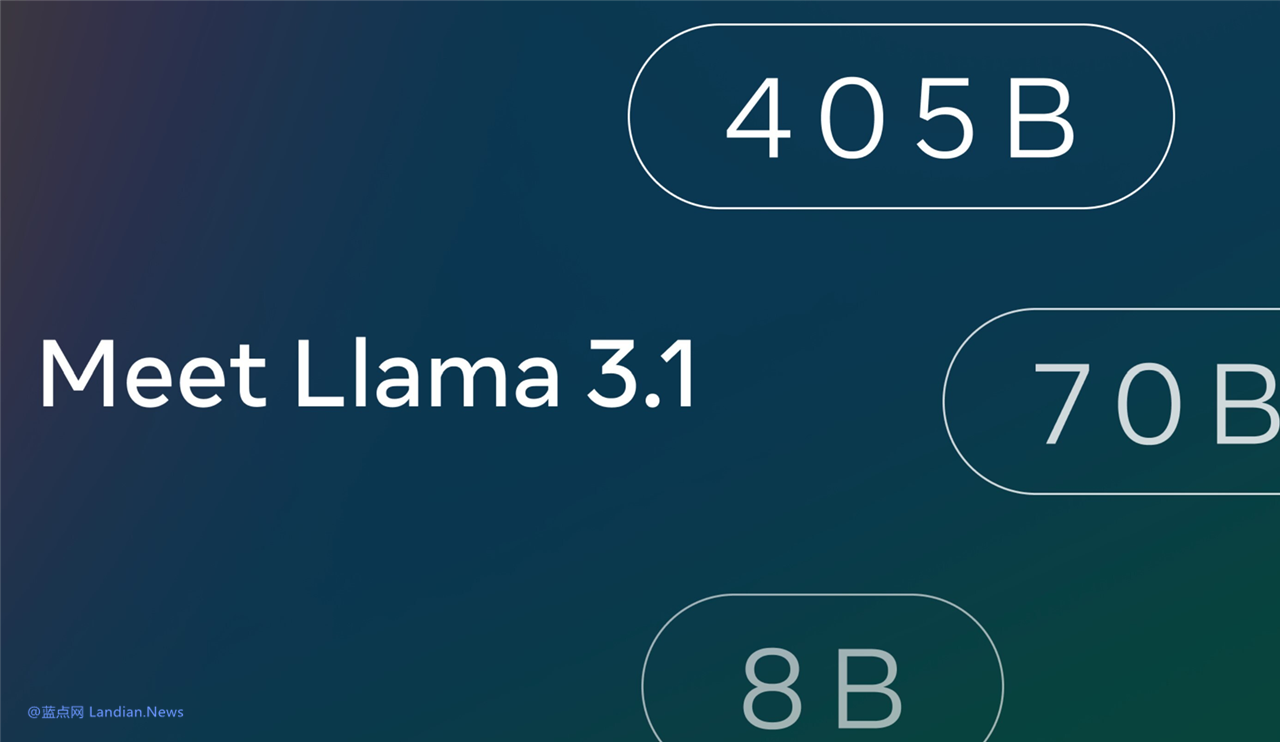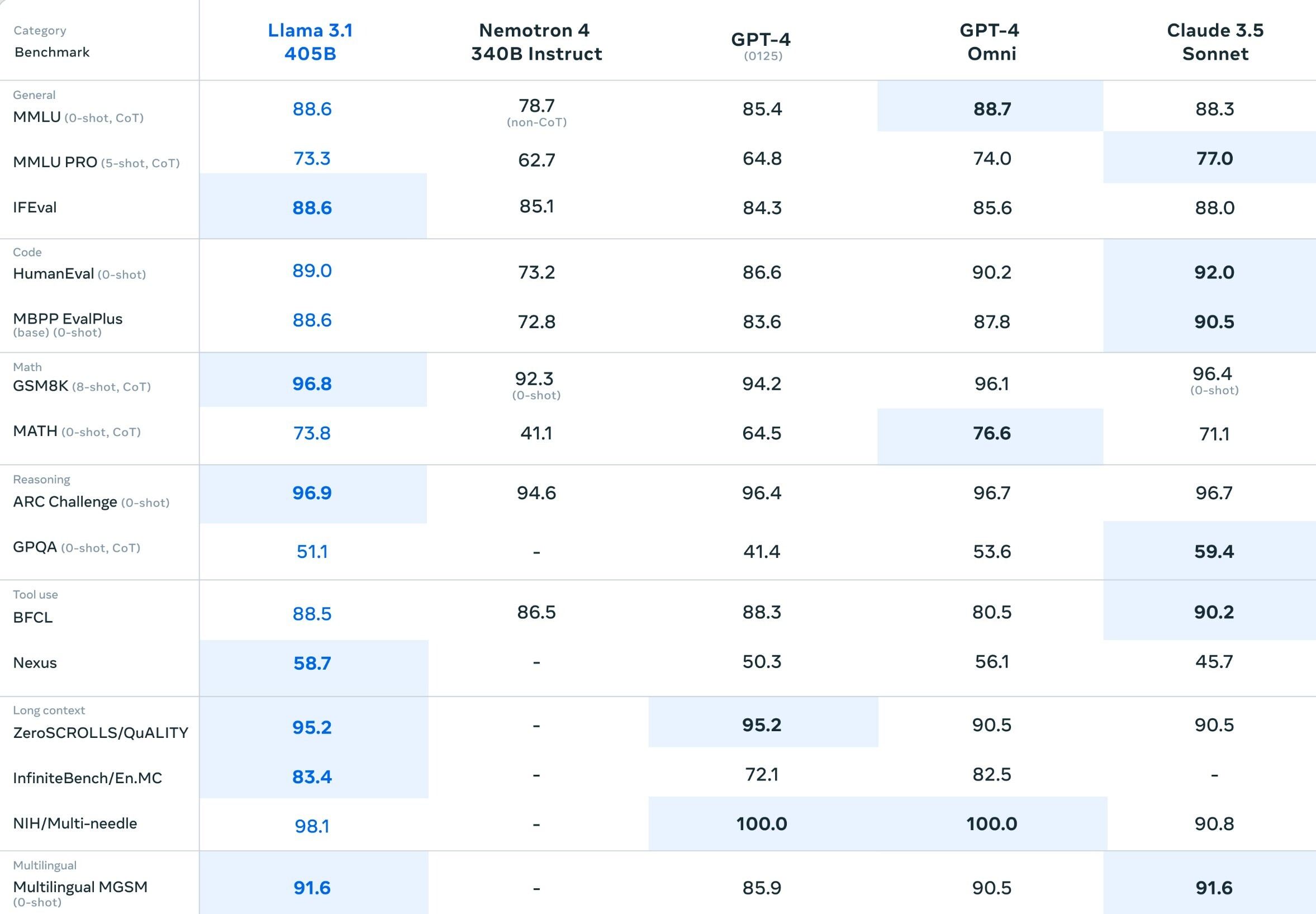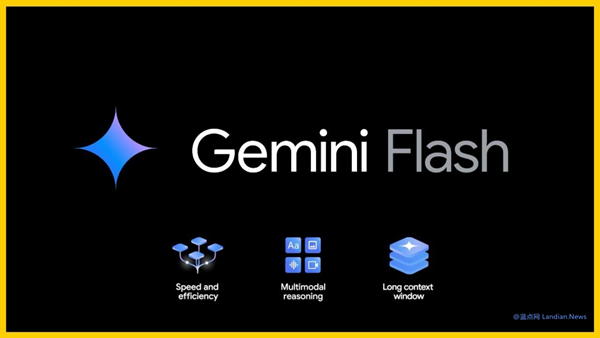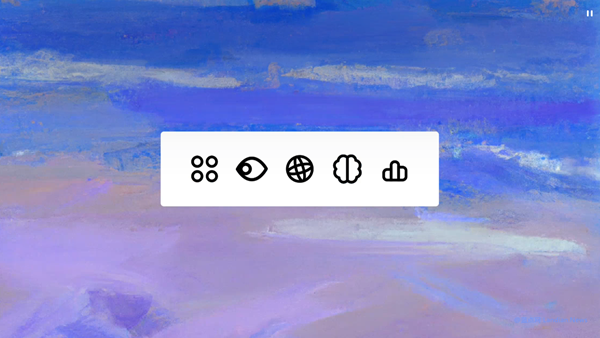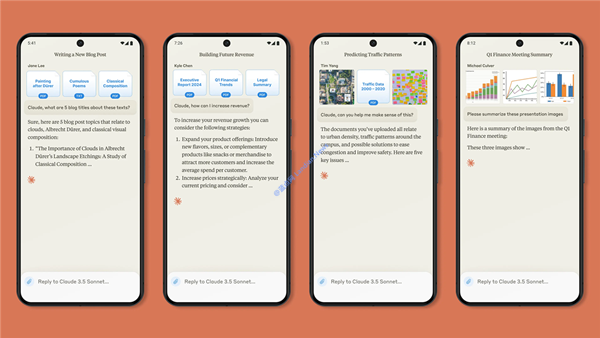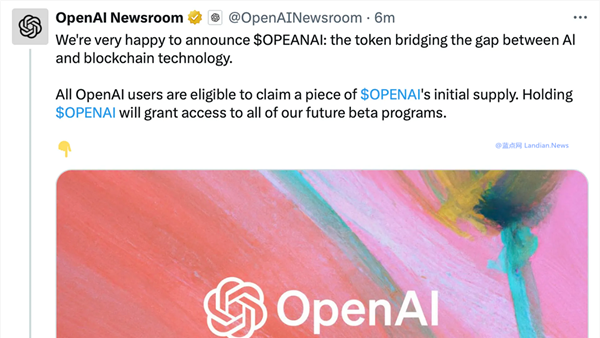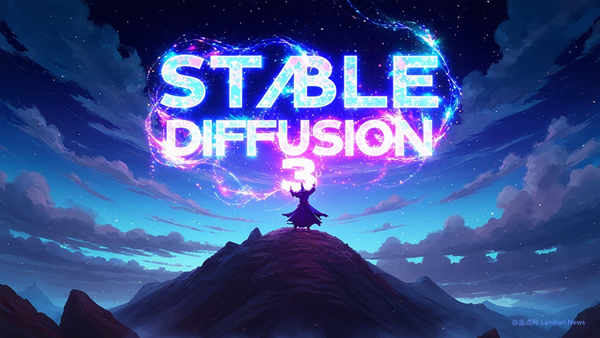Meta Releases Llama 3.1 Open Model with Up to 405 Billion Parameters, Surpassing Capabilities of Closed Models like GPT-4
Meta AI Research Institute recently unveiled the Llama 3.1 series models, which were leaked about a week ago. The version with up to 405 billion parameters has received widespread acclaim from the industry for its superior capabilities over closed models like GPT-4.
The release includes three versions of the model: Llama 3.1-8B, Llama 3.1-70B, and Llama 3.1-405B, all featuring an improved context length of 128K.
Meta is now allowing developers to use the output of the Llama models to enhance other models. This signifies a move towards using AI to train AI, a development that has been enthusiastically received by companies that have previously criticized open models for being inferior to proprietary ones.
In terms of benchmarks, Meta evaluated the Llama 3.1 models across more than 150 datasets and conducted several human assessments to compare these models with others in real-world scenarios.
The tests revealed that the Llama 3.1-405B version surpasses top AI models like GPT-4-0125, GPT-4o, and Claude 3.5 Sonnet, offering equal or superior capabilities.
Based on the test results, Meta claims that the Llama 3.1-405B is the world's largest and most powerful open model, with the 70B and 8B versions also leading among models with similar parameters.
Developers can now access the Llama 3.1 series models through platforms such as AWS, NVIDIA, Groq, Dell, Azure, and Google Cloud, with the 405B version also directly accessible through Microsoft Azure AI.
These open models are available for download via the Meta AI official website. It's important to note that "open" does not mean "open source." Individuals, developers, and small tech companies can use these models with almost no legal concerns, while larger tech companies may need to carefully review Meta's open license.
Mark Zuckerberg stated:
Many tech companies are developing leading proprietary models, but open-source models are rapidly closing the gap. Last year, Llama 2 was a generation behind closed models, but now Llama 3 is comparable to the most advanced models and even leads in some areas.
Starting next year, we expect future Llama models to become the most advanced in the industry. However, Llama already takes the lead in openness, modifiability, and cost-efficiency.
